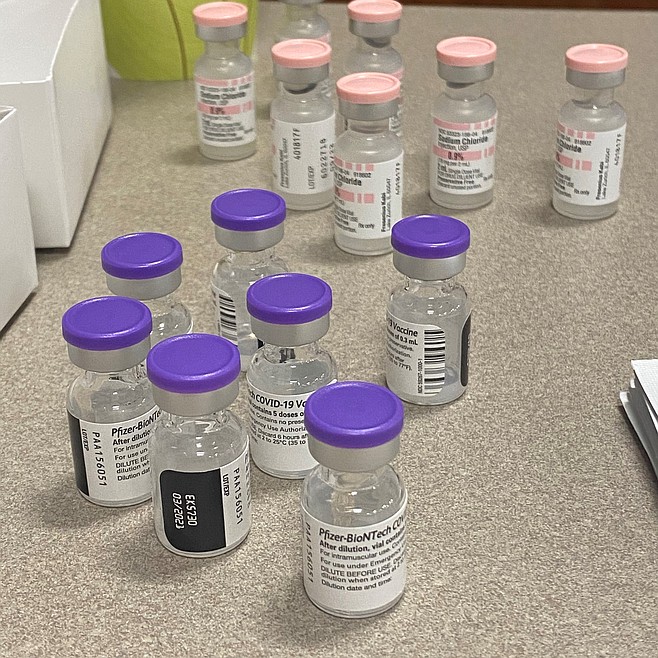State distribution plan details vaccine rollout
As Montana rounds into the new year, state and local officials are focused on transitioning into the next phase of the state’s COVID-19 Vaccine Distribution Plan after nearly 17,000 high-risk health-care personnel received their first doses of the vaccine in December.
The state recently released an updated plan that provides an estimated timeline for distribution during Phases 1a, 1b, 1c and the final leg, Phase 2...
Support Local News
You have read all of your free articles this month. Select a plan below to start your subscription today.
Already a subscriber? Login
Daily Inter Lake - everything
Print delivery, e-edition and unlimited website access
- $26.24 per month
Daily Inter Lake - unlimited website access
- $9.95 per month

